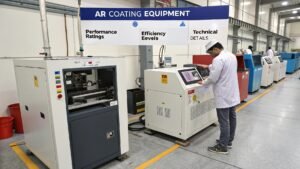Industrial glass often faces visibility and maintenance challenges. Nano coatings offer a revolutionary solution that keeps glass clear and protected over time.
Nano coating on industrial glass involves thorough surface cleaning, precise application of liquid nanotechnology solutions, and proper curing to create durable, invisible protective layers that repel water, resist scratches, and maintain optical clarity for extended periods.
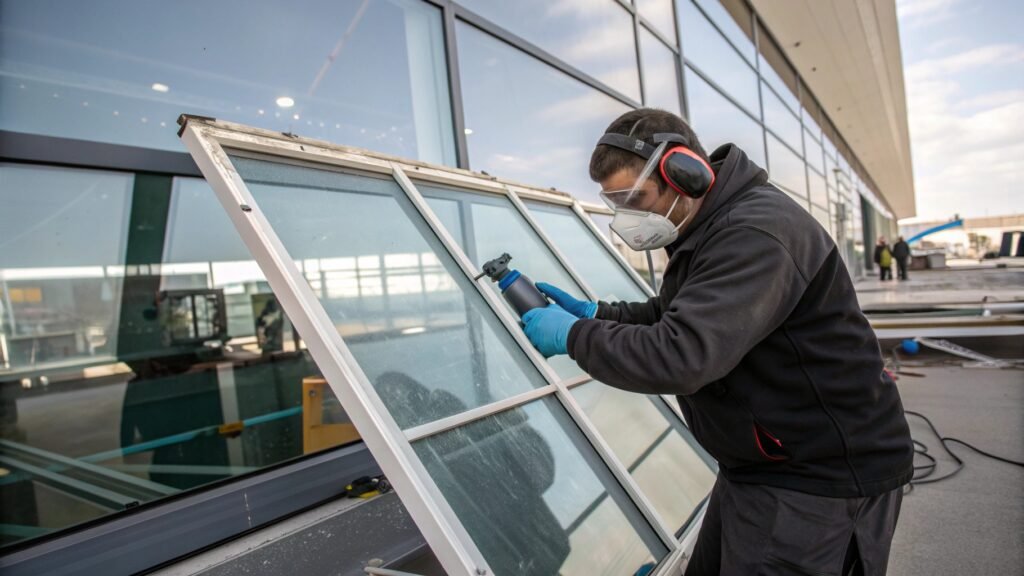
d
The process might seem complex, but understanding each step ensures optimal results and long-lasting performance for your industrial glass applications.
What Surface Preparation is Needed Before Nano Coating?
Dirty or contaminated surfaces will compromise coating adhesion. Proper preparation is crucial for successful nano coating application.
Surface preparation requires meticulous cleaning using specialized glass cleaners, isopropyl alcohol, or professional degreasing agents to remove all contaminants, followed by thorough drying to ensure perfect bonding between the glass surface and nano coating material.
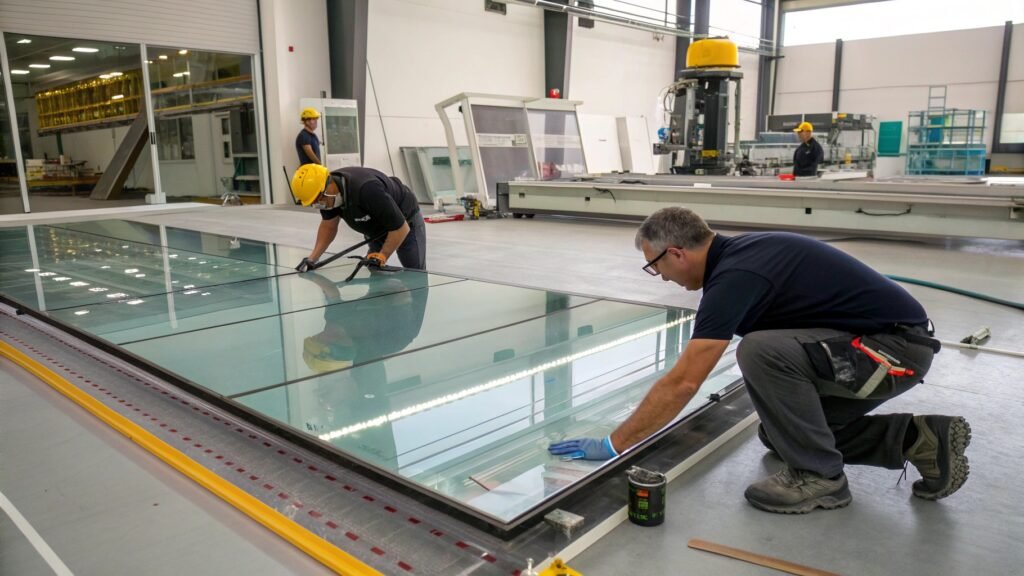
Critical Surface Preparation Steps
Industrial glass demands specific preparation protocols that differ from ordinary glass treatment. The surface must be absolutely free from oils, fingerprints, dust, and previous coating residues. Professional operations typically use automated cleaning systems1 that combine mechanical brushing, chemical cleaning, and ultrasonic treatment. The cleaning process often involves multiple stages: pre-cleaning to remove gross contaminants, chemical cleaning to dissolve organic residues, and final rinsing with deionized water to prevent mineral deposits. Surface activation through plasma treatment or chemical etching may be necessary for certain nano coatings to enhance adhesion. The prepared surface must pass rigorous quality checks including water break tests and contact angle measurements to verify cleanliness before proceeding to coating application.
Which Application Methods Work Best for Industrial Glass?
Different application methods suit various production scales and glass types. Choosing the right technique affects coating uniformity and efficiency.
Optimal application methods include spray coating for large surfaces, dip coating for complex shapes, flow coating for consistent thickness, and spin coating for precision applications, with automated systems ensuring uniform coverage and minimal material waste.
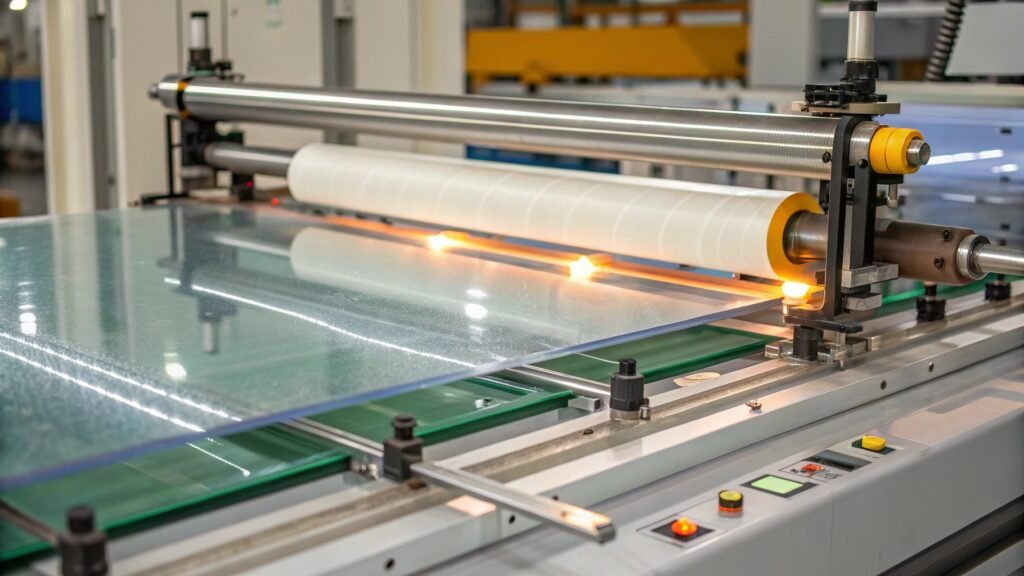
Industrial Application Techniques Comparison
| Method | Best For | Thickness Control | Production Speed | Equipment Cost |
|---|---|---|---|---|
| Spray Coating2 | Large flat glass, architectural panels | Moderate | High | Moderate |
| Dip Coating3 | Complex shapes, small parts | Excellent | Medium | Low-Moderate |
| Flow Coating | Consistent thickness requirements | Very Good | High | High |
| Spin Coating | Precision optical components | Excellent | Low | High |
| Roller Coating | Continuous production lines | Good | Very High | Very High |
Spray coating remains popular for architectural and large-format glass due to its adaptability to various glass sizes and shapes. Automated spray systems with multiple nozzles ensure even distribution while computer controls maintain consistent application parameters. Dip coating provides excellent thickness control for complex geometries but requires careful withdrawal speed management to prevent drips and unevenness. Flow coating offers superior uniformity for flat surfaces with precise metering systems that control coating thickness accurately. For high-precision applications like optical components, spin coating delivers nanometer-level thickness control despite slower production rates. Modern industrial facilities often combine these methods based on specific product requirements and production volumes.
How Does Curing Affect Nano Coating Performance?
Incomplete curing leads to reduced durability and performance issues. Proper curing transforms liquid coatings into solid protective layers.
Curing processes involve thermal treatment at specific temperatures (typically 150-400°C), UV radiation exposure, or chemical crosslinking methods that create strong molecular bonds, ensuring the nano coating achieves its full hardness, adhesion, and functional properties for industrial applications.
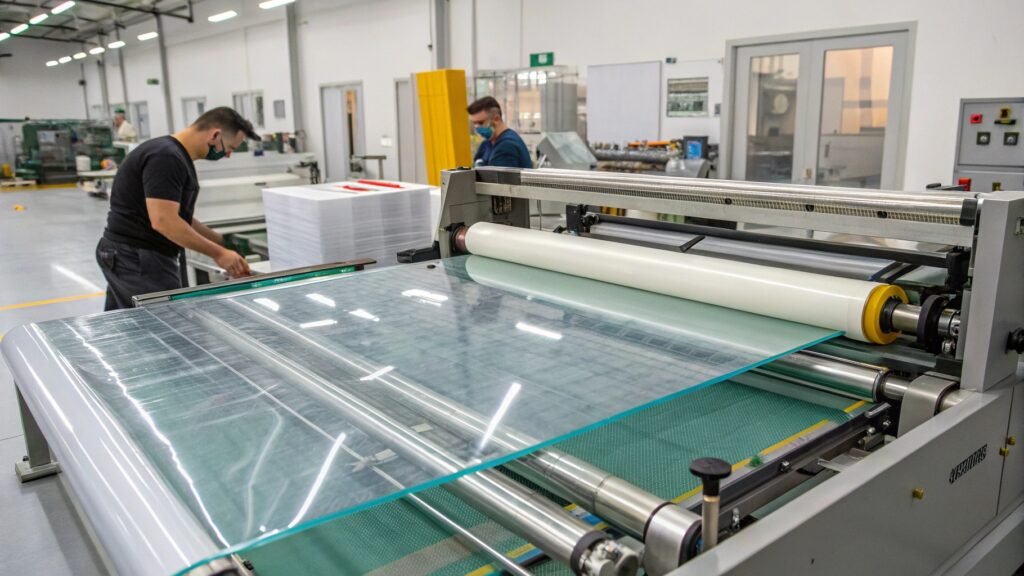
Curing Parameters and Quality Control
Thermal curing4 remains the most common method for industrial glass nano coatings, with temperature profiles carefully tailored to the specific coating chemistry. The curing process typically involves three phases: initial solvent evaporation at lower temperatures, main crosslinking reaction at optimal temperature, and final hardening phase. Temperature uniformity across the glass surface is critical, achieved through precision oven designs with multiple heating zones and air circulation systems. UV curing5 offers faster processing times and energy savings but requires transparent coatings and compatible photoinitiators. Chemical curing methods provide ambient temperature options but often require longer processing times. Quality control during curing includes monitoring temperature consistency, tracking conveyor speeds, and verifying complete crosslinking through adhesion tests and chemical resistance checks. Incomplete curing results in soft coatings that scratch easily, while overcuring can cause brittleness and optical defects.
What Quality Control Measures Ensure Coating Success?
Without proper quality control, coating failures may go undetected until field installation. Comprehensive testing validates coating performance.
Quality control measures include adhesion testing via cross-cut tape tests, thickness verification using ellipsometry or profilometry, optical performance checks for haze and transmittance, durability testing through abrasion and chemical resistance evaluations, and accelerated weathering tests to predict long-term performance under industrial conditions.
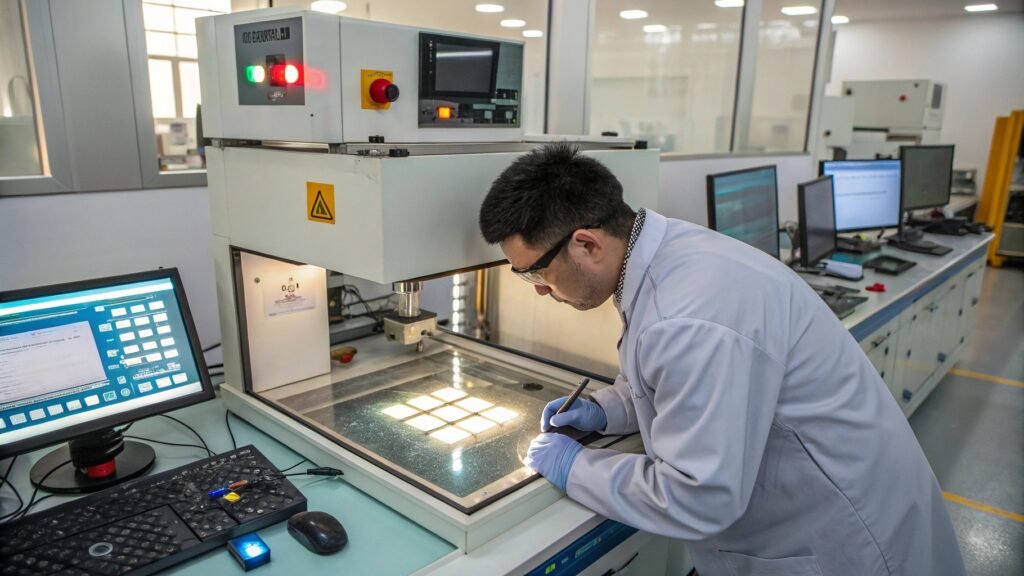
Comprehensive Quality Assurance Protocol
Industrial nano coating operations implement multi-stage quality control systems beginning with incoming material verification against specifications. In-process controls monitor application parameters including coating thickness, uniformity, and coverage percentage using automated optical inspection systems. Post-application testing includes adhesion assessment using standardized methods like ASTM D33596, where coatings must achieve highest level (5B) for industrial applications. Thickness measurements utilize non-contact methods such as spectral reflectance for transparent coatings or contact profilometry for precise thickness mapping. Optical performance testing verifies light transmittance (must exceed 91% for most applications) and haze levels (below 1% for clear glass). Accelerated weathering tests simulate years of environmental exposure through QUV testing, while chemical resistance tests evaluate performance against common industrial cleaners and pollutants. Electrical properties testing for conductive coatings and self-cleaning verification through water contact angle measurements complete the comprehensive quality assurance protocol.
Conclusion
Proper nano coating application requires meticulous preparation, precise application, controlled curing, and rigorous quality testing for optimal industrial glass performance.
-
Explore this link to understand how automated cleaning systems enhance the efficiency and effectiveness of glass preparation. ↩
-
Explore the benefits of Spray Coating to understand its versatility and efficiency in various industrial applications. ↩
-
Learn about Dip Coating's techniques for achieving superior thickness control, crucial for complex geometries. ↩
-
Explore this link to understand the significance of thermal curing in achieving optimal coating performance. ↩
-
Discover the advantages of UV curing, including faster processing and energy efficiency, which can enhance your coating processes. ↩
-
Understanding ASTM D3359 is crucial for ensuring high-quality coatings that meet industry standards. ↩




